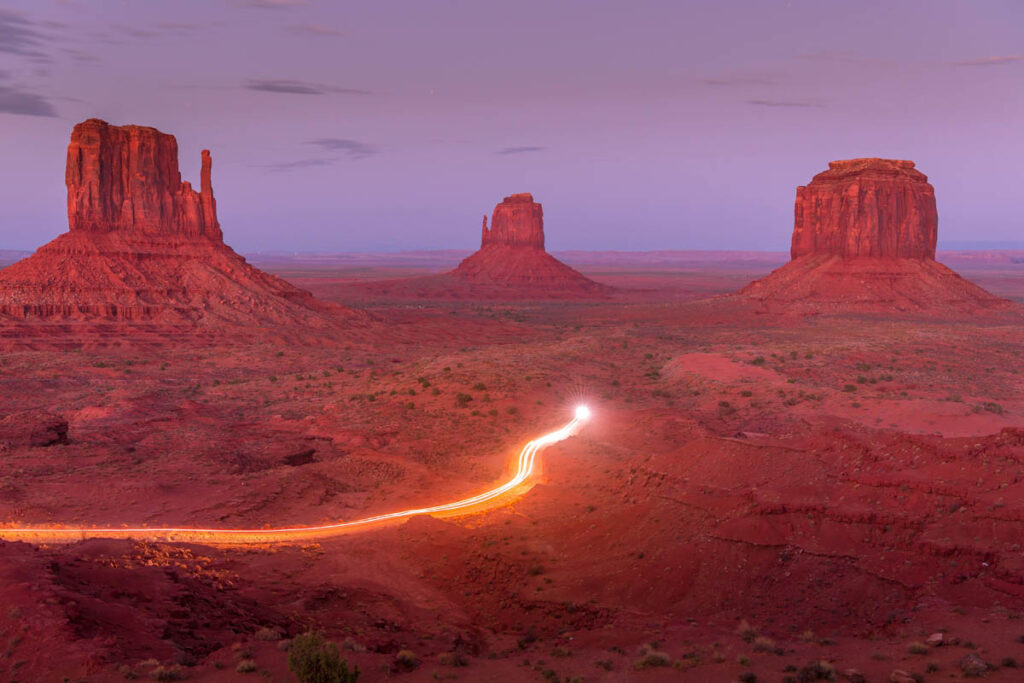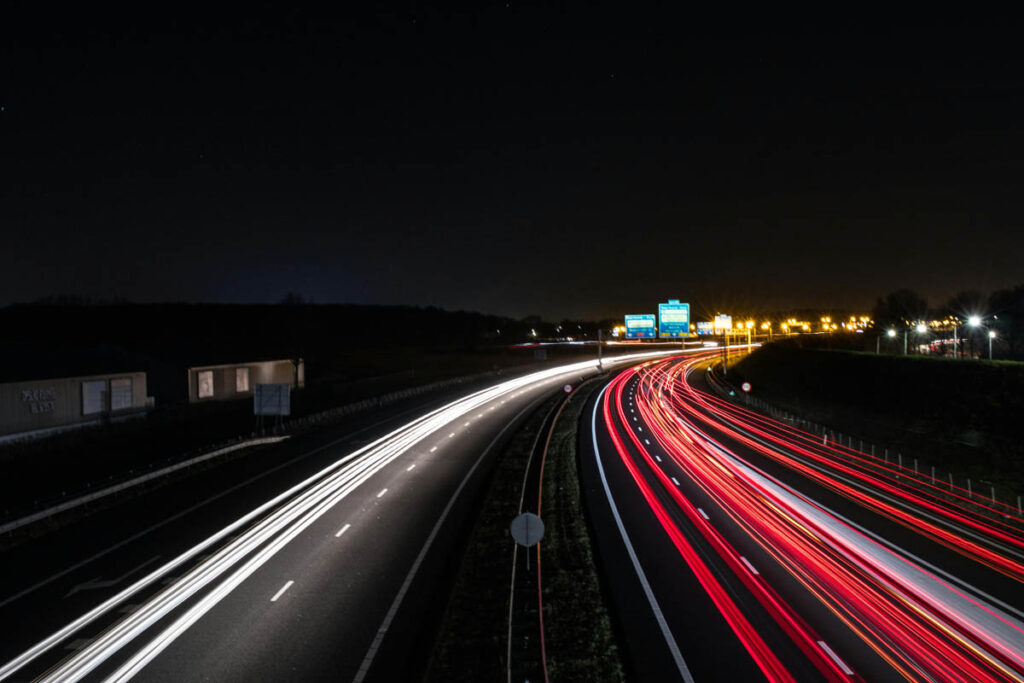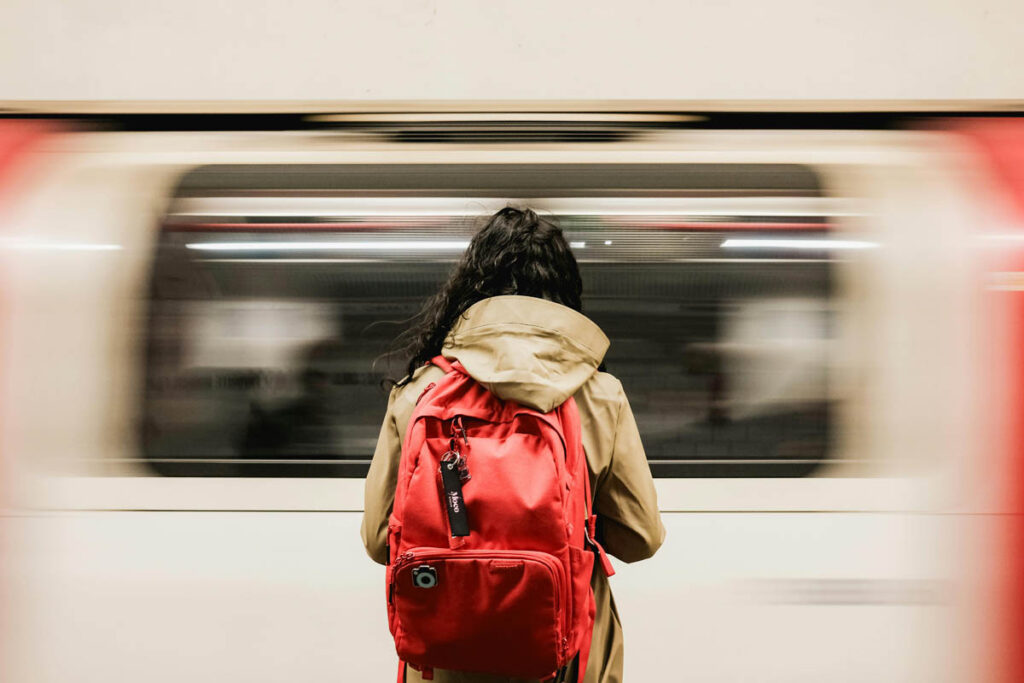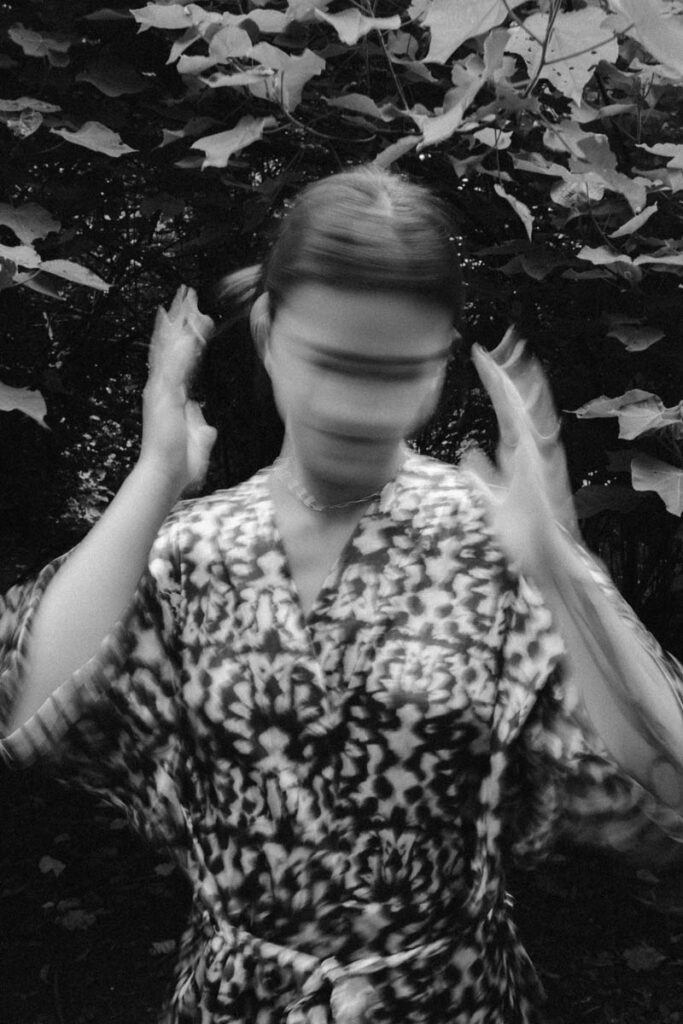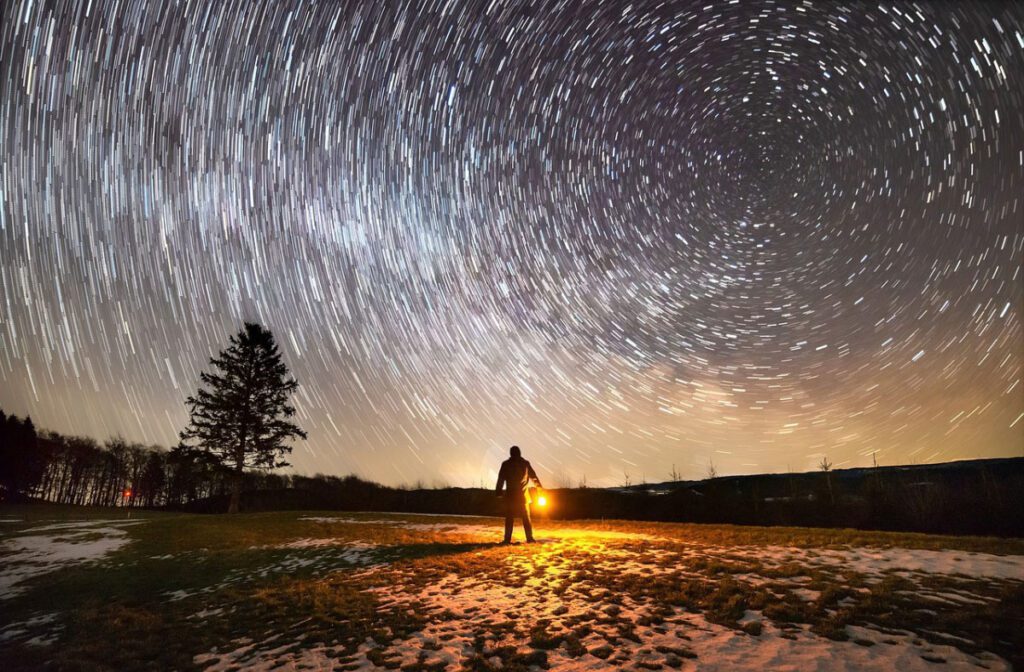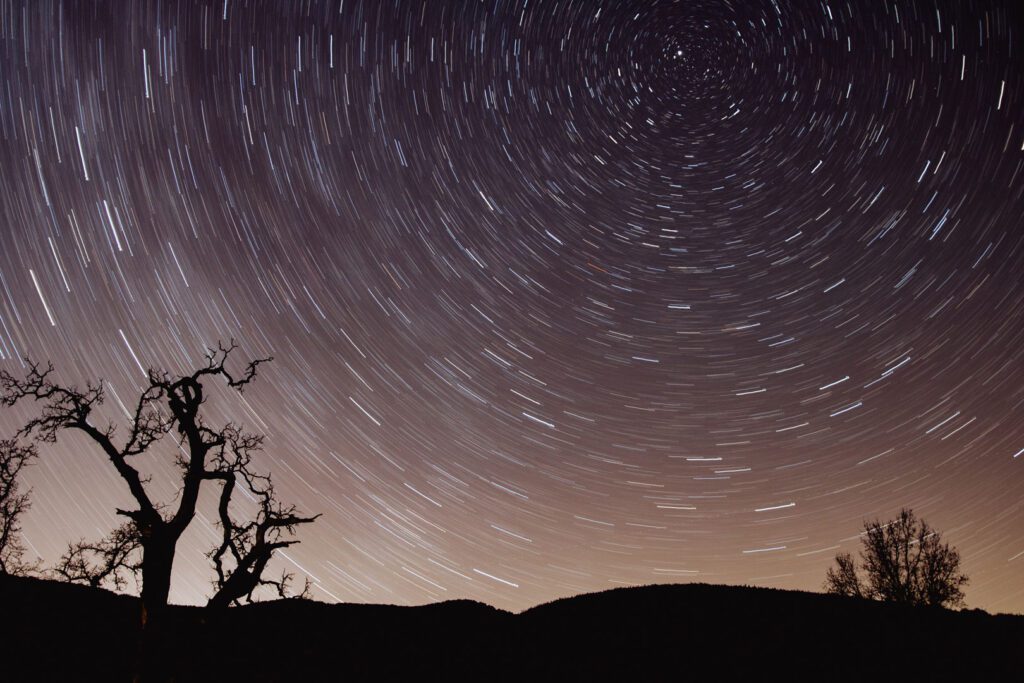Long exposure photography is a captivating technique that allows photographers to capture motion and light in ways that are impossible with standard exposures. By using extended shutter speeds, you can create stunning images that reveal movement, blur, and even illuminate the night sky. This article will delve into the fundamentals of long exposure photography, provide inspiring examples, and offer ten assignments to help you master this art form.
What is Long Exposure Photography?
Long exposure photography involves using a slow shutter speed to capture images over an extended period, usually ranging from a fraction of a second to several minutes. This technique can be used to create various effects, such as:
- Motion Blur: Capturing the movement of subjects like water, clouds, or people, resulting in a smooth, flowing effect.
- Light Trails: Recording the paths of moving lights, such as car headlights at night, creating dynamic lines in the frame.
- Star Trails: Capturing the movement of stars across the sky, resulting in beautiful circular trails.
Essential Techniques for Long Exposure Photography
Equipment:
- Camera: A DSLR or mirrorless camera that allows manual control of shutter speed.
- Tripod: A sturdy tripod is essential to keep your camera stable during long exposures.
- Neutral Density (ND) Filters: These filters reduce the amount of light entering the lens, allowing for longer exposures even in bright conditions.
Settings:
- Shutter Speed: Use a slow shutter speed (1 second or longer) to capture the desired effect.
- Aperture: Adjust your aperture to control depth of field and light; a smaller aperture (higher f-stop) can be beneficial for longer exposures.
- ISO: Keep the ISO low (100-200) to reduce noise in your images.
Timing: The best times for long exposure photography are during twilight, at night, or in overcast conditions, where light is diffused.
Examples of Long Exposure Photography
1. Waterfalls and Rivers
Capturing flowing water with a long exposure creates a smooth, silky effect. The movement is beautifully rendered, contrasting against the solid landscape.
Example: A photograph of a waterfall taken with a 2-5 second exposure blurs the water while keeping the rocks sharp.
2. Cityscapes at Night
Long exposures in urban environments can capture the hustle and bustle of city life, including light trails from vehicles.
Example: A long exposure of a busy intersection at night shows streaks of red and white light from cars, creating a vibrant and dynamic composition.
3. Star Trails
Photographing the night sky over several minutes or hours captures the rotation of the Earth, resulting in circular trails of stars.
Example: A long exposure taken for 30 minutes can produce stunning star trails over a static foreground, such as a tree or mountain range.
Ten Assignments for Mastering Long Exposure Photography
Assignment 1: Water Motion
Objective: Capture flowing water with a silky effect.
Instructions:
- Find a waterfall, river, or stream.
- Set your camera on a tripod and use a shutter speed of 1-5 seconds.
- Experiment with different shutter speeds to achieve the desired effect.
Assignment 2: Light Trails
Objective: Document the movement of light in urban settings.
Instructions:
- Choose a busy street or intersection at night.
- Set your camera on a tripod and use a shutter speed of 10-30 seconds.
- Capture the movement of car lights, experimenting with different angles.
Assignment 3: Star Trails
Objective: Capture the rotation of stars over time.
Instructions:
- Find a dark location away from city lights.
- Use a tripod and set your camera to take long exposures (30 minutes or longer).
- Capture the movement of stars, focusing on a static foreground object.
Assignment 4: Cloud Movement
Objective: Capture the motion of clouds.
Instructions:
- Set up your camera facing an interesting sky.
- Use a shutter speed of 15-30 seconds.
- Capture the movement of clouds, experimenting with different angles and compositions.
Assignment 5: Nighttime Cityscape
Objective: Document a city skyline at night.
Instructions:
- Find a location with a clear view of the city.
- Use a tripod and set a shutter speed of 10-20 seconds.
- Capture the skyline with dynamic light trails from vehicles.
Assignment 6: Fireworks
Objective: Capture the beauty of fireworks with long exposures.
Instructions:
- Attend a fireworks display and choose a location with a good vantage point.
- Use a tripod and set a shutter speed of 2-5 seconds.
- Capture multiple bursts of fireworks, experimenting with composition.
Assignment 7: Traffic Flow
Objective: Document traffic movement over time.
Instructions:
- Choose a location with heavy traffic.
- Use a shutter speed of 15-30 seconds.
- Capture the movement of vehicles and pedestrians, focusing on light trails.
Assignment 8: Abstract Motion
Objective: Create abstract images using motion blur.
Instructions:
- Experiment with moving objects, like people or cars, in a controlled environment.
- Use a slow shutter speed (1/4 to 1/2 second).
- Capture the blur created by movement, focusing on composition and color.
Assignment 9: Painting with Light
Objective: Create artistic light trails by moving a light source.
Instructions:
- Choose a dark location and bring a flashlight or glow stick.
- Set your camera to a long exposure (5-30 seconds).
- Move the light source in various patterns while the camera captures the movement.
Assignment 10: Sunrise or Sunset
Objective: Capture the transition of light during sunrise or sunset.
Instructions:
- Find a location with a clear view of the horizon.
- Set your camera on a tripod and use a shutter speed of 1-15 seconds.
- Capture the changing colors and light as the sun rises or sets, focusing on silhouettes in the foreground.
Conclusion
Long exposure photography opens up a world of creative possibilities, allowing you to capture the beauty of motion and light in unique ways. By mastering the techniques outlined in this article and completing the provided assignments, you will develop your skills and create stunning images that tell compelling stories. Embrace the challenge of long exposure photography and enjoy the journey of experimentation and discovery!

